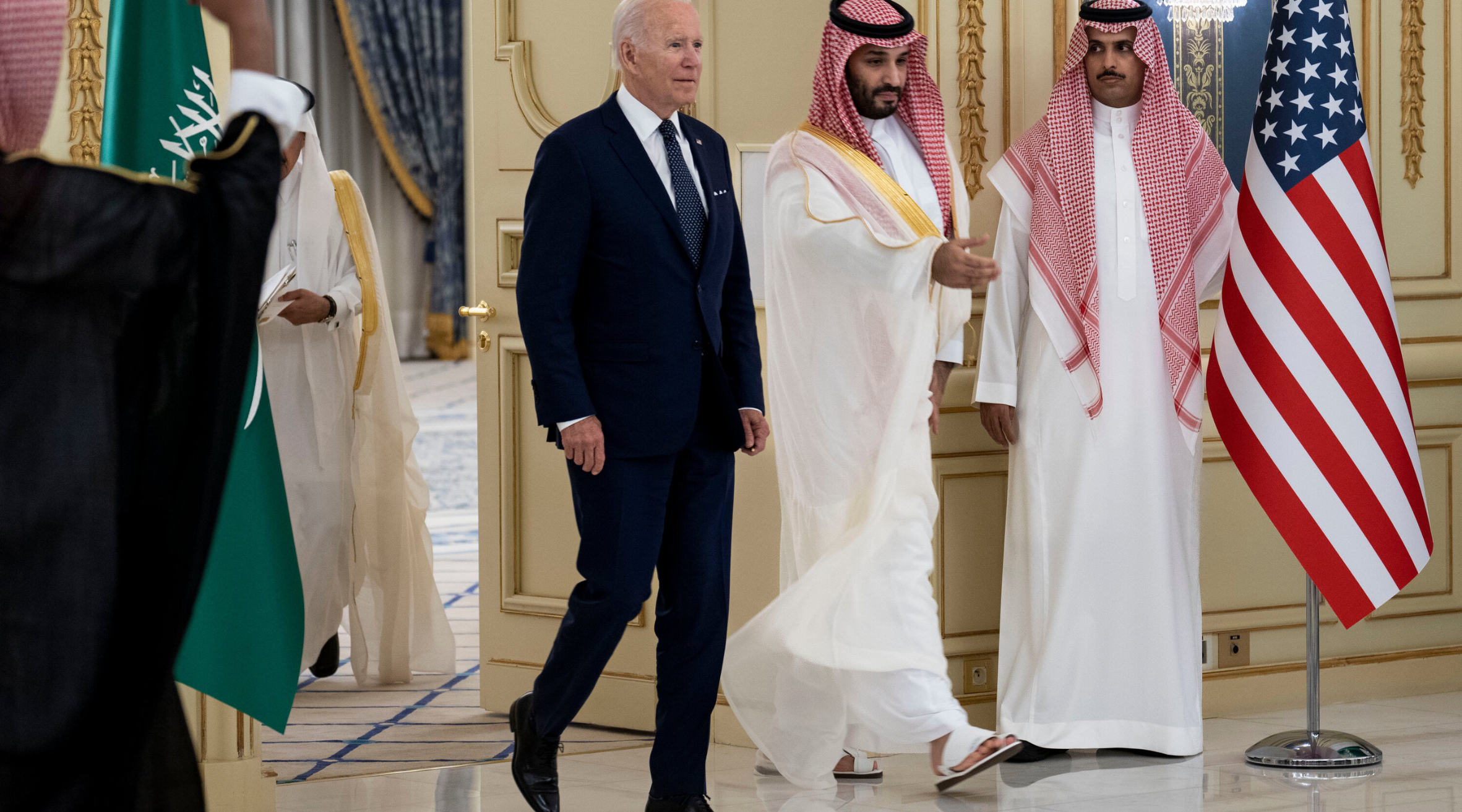Saudia Arabia (Transatlantic Today) – Saudi Arabia will not consent to normalize relations with the Jewish state as long as Israel persists in opposing the establishment of an independent Palestinian state. The United States will not provide Riyadh with formal security guarantees in exchange. In recent years, the Biden administration has been promoting a three-way megadeal, and if one leg breaks, the entire thing falls apart.
Potential Defense Pact: A Closer Look
If a US-Saudi defense agreement is reached, whether through Saudi-Israeli normalization or a separate bilateral agreement, the effectiveness of this extraordinary defense arrangement will be determined by many important elements. Despite its significance, this topic gained little attention in Washington and Riyadh, according to Breakingdefense.
Key Elements for a Successful Pact
For the defense pact to be politically credible and militarily effective, it must encompass three essential layers: military, strategic, and institutional. These layers need to complement one another, a challenge given the historical lack of comprehensive defense cooperation between the two nations.
Historical Context: Lessons from Operation Desert Shield
The United States’ defense of Saudi Arabia during Operation Desert Shield in 1990, and the subsequent liberation of Kuwait, set a precedent for US-Saudi military collaboration. However, Saudi participation was largely financial and logistical, with limited direct combat involvement. A future alliance would require far more integrated and robust cooperation.
Defining Treaty Obligations
A formal agreement would necessitate designating Saudi Arabia as a treaty ally of the United States, a unique status in the Middle East. This designation would need to outline mutual military intervention in the event of an attack. Crafting this language is complex; too much detail could limit flexibility, while too much ambiguity could invite exploitation by adversaries, particularly Iran.
Institutional Frameworks for Implementation
To operationalize the defense pact, both nations may need to establish or enhance joint institutional mechanisms. The US-Saudi strategic dialogue, already held annually, should be elevated and co-chaired by high-level defense officials from both countries. This dialogue would provide strategic guidance, while a joint military commission would address longer-term military and technical matters.
Overcoming Saudi Capacity Challenges
A significant hurdle for Saudi Arabia is its limited pool of skilled defense officials. The Saudi leadership must focus on identifying and training capable personnel to manage this complex relationship. Additionally, empowering these officials to shape policy is crucial for credible and effective cooperation.
Strategic and Cultural Shifts Needed
Achieving progress on strategic and institutional levels will benefit both the US and Saudi armed forces. Clear strategic objectives and effective civilian oversight will enhance the likelihood of sustaining a mutual defense pact. Switching to a more collective security approach will require a significant cultural shift, in Riyadh and Washington. It’s not impossible, but it will take many years before a US-Saudi defense pact becomes worthy of its name.
In conclusion, despite the many obstacles in the way, a US-Saudi defense treaty has the potential to greatly bolster both countries’ defense capacities given proper preparation and dedication.


























